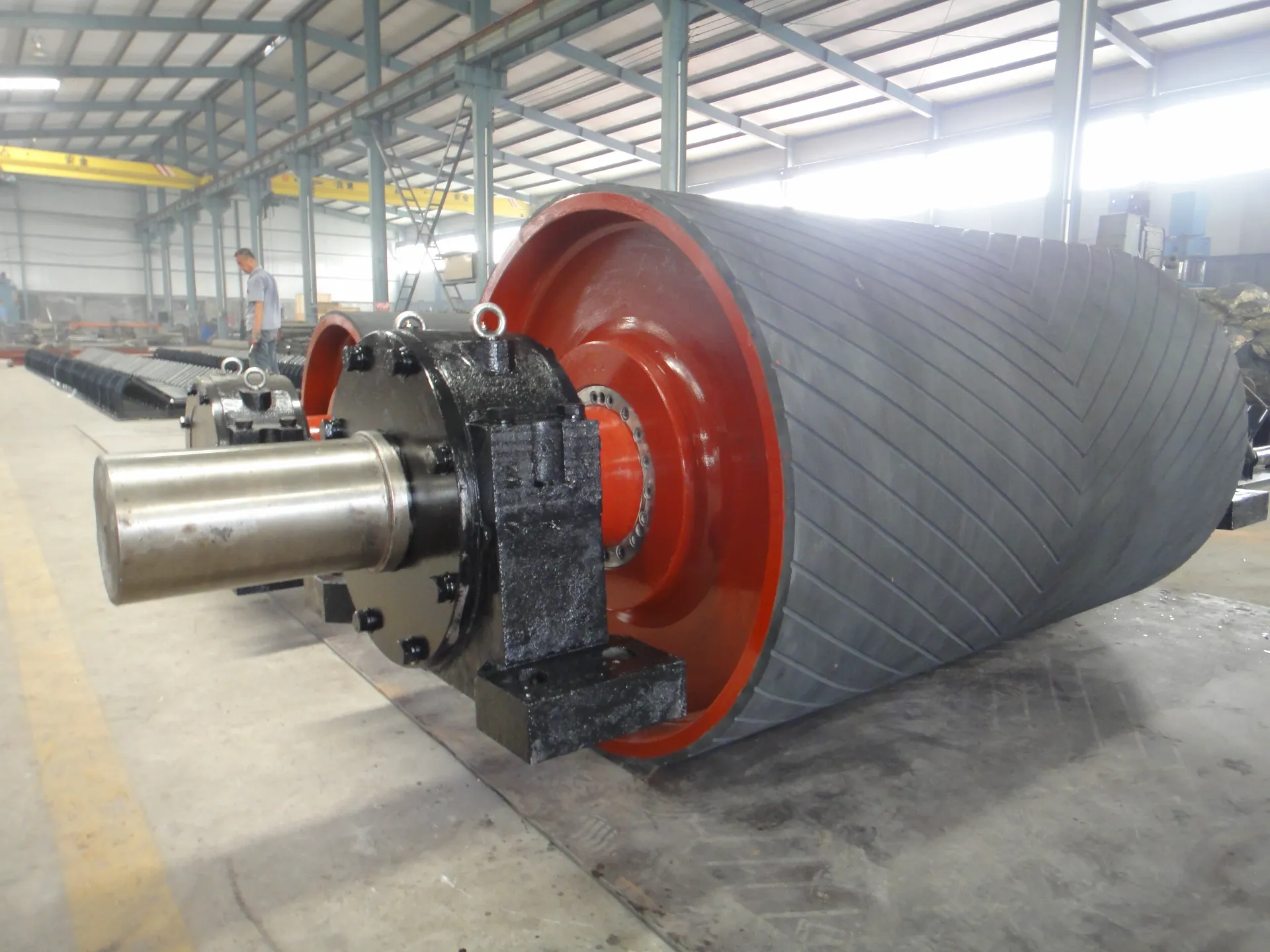 Afrikaans
Afrikaans  Albanian
Albanian  Amharic
Amharic  Arabic
Arabic  Armenian
Armenian  Azerbaijani
Azerbaijani  Basque
Basque  Belarusian
Belarusian  Bengali
Bengali  Bosnian
Bosnian  Bulgarian
Bulgarian  Catalan
Catalan  Cebuano
Cebuano  Corsican
Corsican  Croatian
Croatian  Czech
Czech  Danish
Danish  Dutch
Dutch  English
English  Esperanto
Esperanto  Estonian
Estonian  Finnish
Finnish  French
French  Frisian
Frisian  Galician
Galician  Georgian
Georgian  German
German  Greek
Greek  Gujarati
Gujarati  Haitian Creole
Haitian Creole  hausa
hausa  hawaiian
hawaiian  Hebrew
Hebrew  Hindi
Hindi  Miao
Miao  Hungarian
Hungarian  Icelandic
Icelandic  igbo
igbo  Indonesian
Indonesian  irish
irish  Italian
Italian  Japanese
Japanese  Javanese
Javanese  Kannada
Kannada  kazakh
kazakh  Khmer
Khmer  Rwandese
Rwandese  Korean
Korean  Kurdish
Kurdish  Kyrgyz
Kyrgyz  Lao
Lao  Latin
Latin  Latvian
Latvian  Lithuanian
Lithuanian  Luxembourgish
Luxembourgish  Macedonian
Macedonian  Malgashi
Malgashi  Malay
Malay  Malayalam
Malayalam  Maltese
Maltese  Maori
Maori  Marathi
Marathi  Mongolian
Mongolian  Myanmar
Myanmar  Nepali
Nepali  Norwegian
Norwegian  Norwegian
Norwegian  Occitan
Occitan  Pashto
Pashto  Persian
Persian  Polish
Polish  Portuguese
Portuguese  Punjabi
Punjabi  Romanian
Romanian  Russian
Russian  Samoan
Samoan  Scottish Gaelic
Scottish Gaelic  Serbian
Serbian  Sesotho
Sesotho  Shona
Shona  Sindhi
Sindhi  Sinhala
Sinhala  Slovak
Slovak  Slovenian
Slovenian  Somali
Somali  Spanish
Spanish  Sundanese
Sundanese  Swahili
Swahili  Swedish
Swedish  Tagalog
Tagalog  Tajik
Tajik  Tamil
Tamil  Tatar
Tatar  Telugu
Telugu  Thai
Thai  Turkish
Turkish  Turkmen
Turkmen  Ukrainian
Ukrainian  Urdu
Urdu  Uighur
Uighur  Uzbek
Uzbek  Vietnamese
Vietnamese  Welsh
Welsh  Bantu
Bantu  Yiddish
Yiddish  Yoruba
Yoruba  Zulu
Zulu Different Types and Uses of Conveyor Pulleys in Material Handling Systems
Types of Conveyor Pulley
Conveyor pulleys are essential components in conveyor systems, serving multiple functions that enhance the overall efficiency and reliability of material handling processes. They are primarily used to support, drive, and redirect conveyor belts. Depending on their application and design, conveyor pulleys can be classified into several types, each serving a specific purpose within the system.
1. Drive Pulleys
Drive pulleys, also known as motorized pulleys, are crucial for conveying materials. They are typically located at the tail end of the conveyor and are powered by motors. The motor exerts torque on the pulley, which in turn moves the conveyor belt and the materials on it. Drive pulleys are designed to handle heavy loads and high speeds, making them suitable for various industrial applications. The design may incorporate grooves for belt adhesion, ensuring efficient power transmission without slipping.
2. Idler Pulleys
Idler pulleys are used to support the conveyor belt and maintain its tension. Unlike drive pulleys, idler pulleys do not have a direct power source but play a vital role in guiding the belt along its path. Idlers help in preventing sagging or misalignment of the conveyor belt, which can lead to inefficiencies and wear. They are typically placed at intervals along the conveyor line and may be equipped with various features like rubber coatings or rollers to minimize friction and prolong the lifespan of the belt.
3. Return Pulleys
Return pulleys are located at the opposite end of the conveyor belt from the drive pulley. Their primary function is to support the belt as it returns to the drive pulley after discharging the materials. This type of pulley also helps in maintaining the tension of the belt throughout its entire length. Return pulleys are designed to withstand the wear and tear caused by the weight of the belt and the materials it carries, ensuring smooth operation and extended conveyor life.
types of conveyor pulley

4. Snub Pulleys
Snub pulleys are used to increase the wrap angle between the belt and the drive pulley, enhancing friction and allowing for better grip. This is particularly useful in applications where the belt needs to transmit higher torque from the drive pulley. By increasing the contact area, snub pulleys effectively minimize slippage, making them a valuable component in high-load scenarios.
5. Tail Pulleys
Tail pulleys are located at the end of the conveyor system, opposite the drive pulley. They serve multiple purposes, including supporting the belt and providing a smooth transition for the material discharge. Tail pulleys may also be equipped with features to control dust and prevent spillage during material handling. Their design is crucial for maintaining the integrity of the conveyor system, ensuring that material is effectively collected and transferred.
6. Wing Pulleys
Wing pulleys consist of a set of wings or fins that extend from the central hub, allowing for effective self-cleaning of the pulley and minimizing material buildup. This design is especially useful in environments where sticky or wet materials are conveyed. Wing pulleys help to reduce wear on the belt and improve overall efficiency by ensuring that the components remain clean during operation.
Conclusion
Understanding the different types of conveyor pulleys is essential for the design, maintenance, and optimization of conveyor systems. Each type plays a specific role, contributing to the efficiency and reliability of material handling operations. By selecting the appropriate pulleys for specific applications, businesses can enhance productivity, reduce wear, and extend the lifespan of their conveyor systems, leading to better overall performance in various industrial sectors.
-
Revolutionizing Conveyor Reliability with Advanced Rubber Lagging PulleysNewsJul.22,2025
-
Powering Precision and Durability with Expert Manufacturers of Conveyor ComponentsNewsJul.22,2025
-
Optimizing Conveyor Systems with Advanced Conveyor AccessoriesNewsJul.22,2025
-
Maximize Conveyor Efficiency with Quality Conveyor Idler PulleysNewsJul.22,2025
-
Future-Proof Your Conveyor System with High-Performance Polyurethane RollerNewsJul.22,2025
-
Driving Efficiency Forward with Quality Idlers and RollersNewsJul.22,2025





























